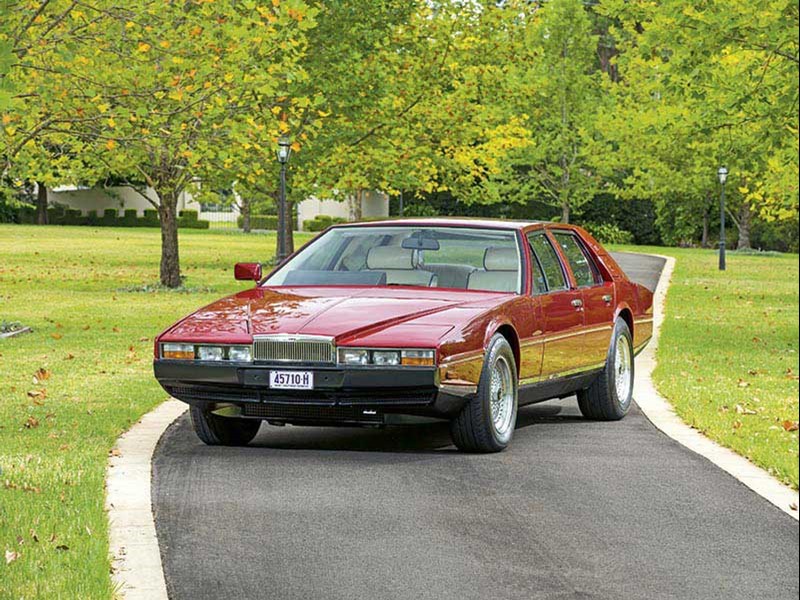

For most carlovers the ultimate nightmare: The Aston Martin Lagonda. Would you pay lots of money to buy one? Let me know! The Aston Martin Lagonda is a luxury four-door saloon which was built by Aston Martin of Newport Pagnell, England, between 1974 and 1990. A total of 645 were produced. The name was derived from the Lagonda marque that Aston Martin had purchased in 1947. There are two distinct versions, the original, short lived 1974 design based on the Aston Martin V8 and the wedge-shaped Series 2 model introduced in 1976. In 2014, Aston Martin confirmed it would launch a new Lagonda called the Taraf for the Middle-East market, sold on an invitation only basis. Aston Martin was facing financial pressure in the mid-1970s and needed something to bring in some much-needed funds. Traditionally, Aston Martin had worked on 2+2 sports cars, but the Lagonda was a four-door saloon. As soon as it was introduced, it drew in hundreds of deposits from potential customers, helping Aston Martin's cash reserves. The 1976 wedge-shaped styling contrasted sharply with other cars of its day The car was designed by William Towns in an extreme interpretation of the classic 1970s "folded paper" style. It was as unconventional a design then as it is now. Car enthusiasts are fiercely divided on the car's aesthetic value. The Lagonda combined striking styling with opulent, club-like leather interior, and then-state-of-the-art instrumentation. Coupled to a Chrysler 3-speed "TorqueFlite" automatic transmission its 4-cam carbureted V8 provided poor, often single-digit miles-per-gallon, little improved by the change to fuel-injection in the Series 3. Throughout the history of the marque, these hand-built Lagondas were amongst the most expensive saloons in the world. The only other "production" cars to approach its lofty price tag were the Rolls-Royce Silver Spirit/Silver Spur and Bentley Mulsanne. The Lagonda was the first production car in the world to use computer management and a digital instrument panel, although the computers in many of the original cars are failure-prone. The development cost for the electronics alone on the Lagonda came to four times as much as the budget for the whole car. The Series 3 used cathode ray tubes for the instrumentation, which proved even less reliable than the original model's light-emitting diode (LED) display. It was named by Bloomberg Businessweek as one of the 50 ugliest cars of the last 50 years and Time Magazine included it in its "50 Worst Cars of All Time", describing it as a mechanical "catastrophe" with electronics that would be very impressive if they ever worked.



Δεν υπάρχουν σχόλια:
Δημοσίευση σχολίου